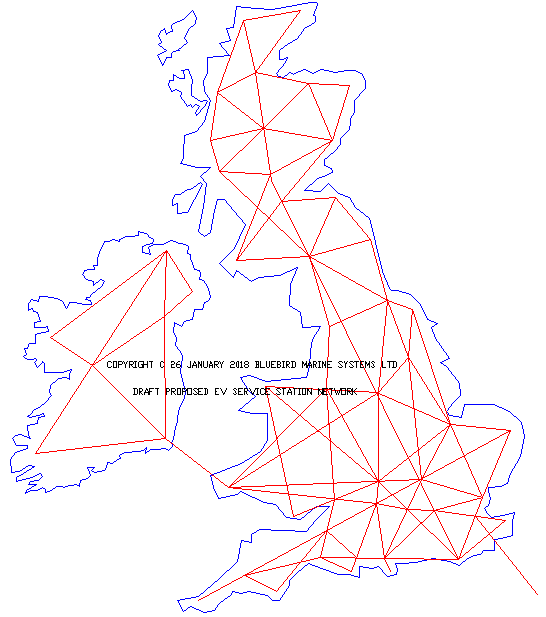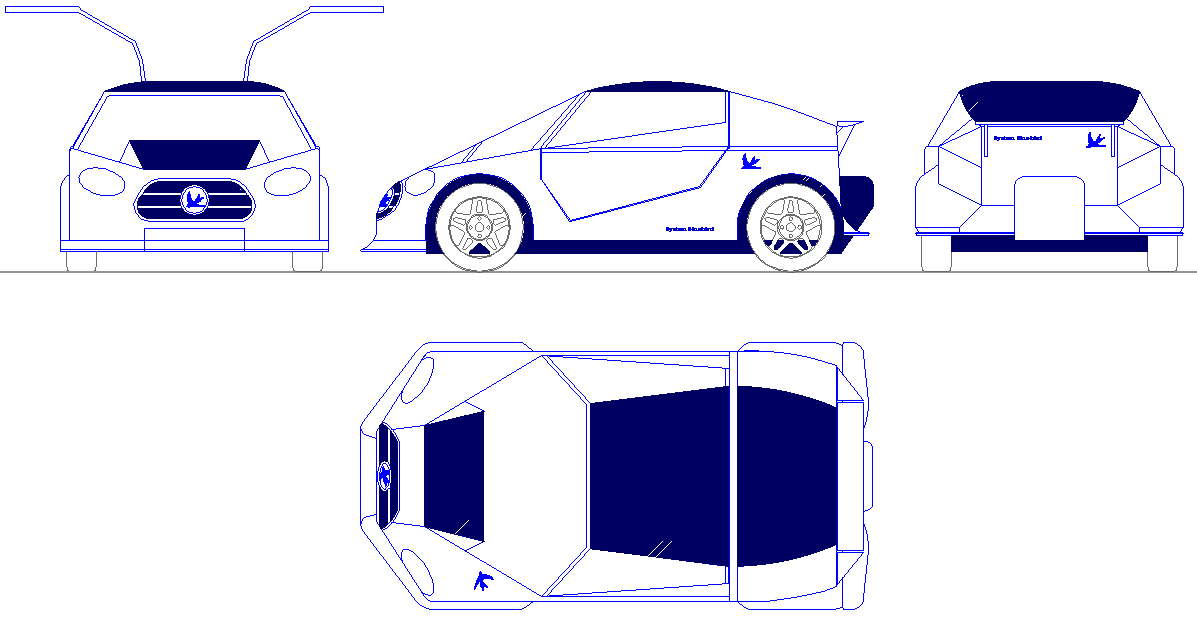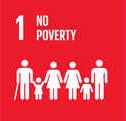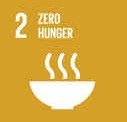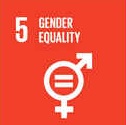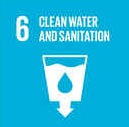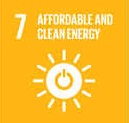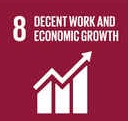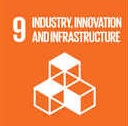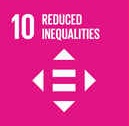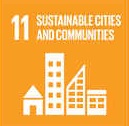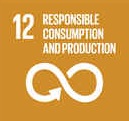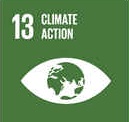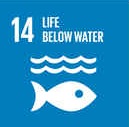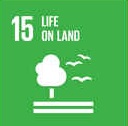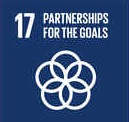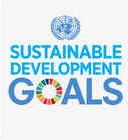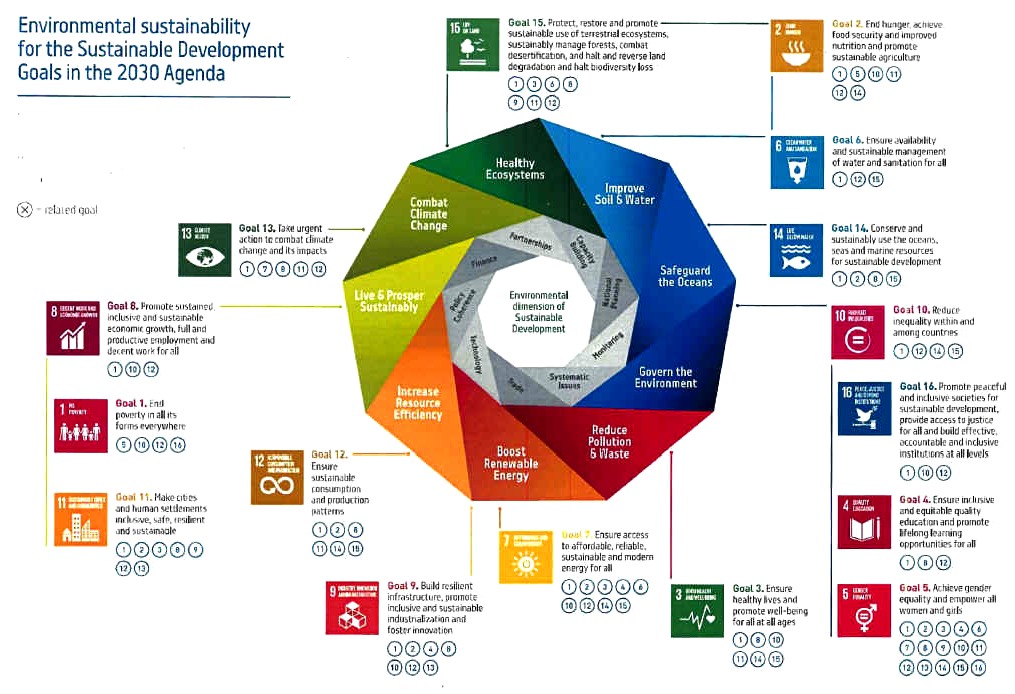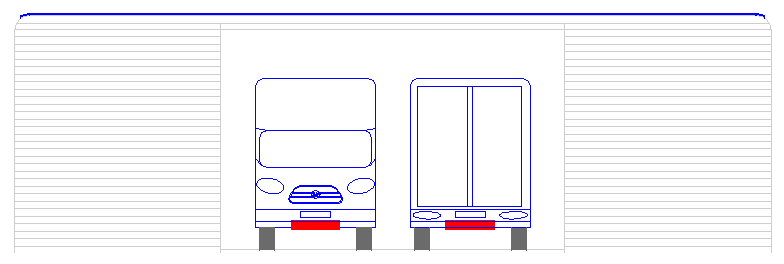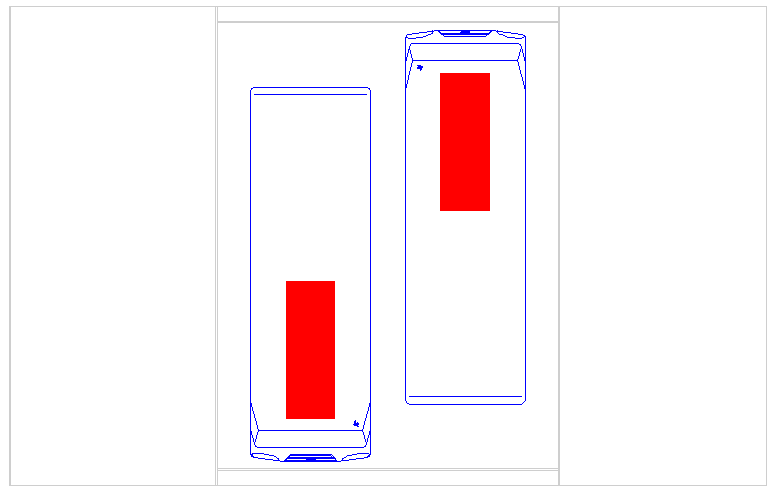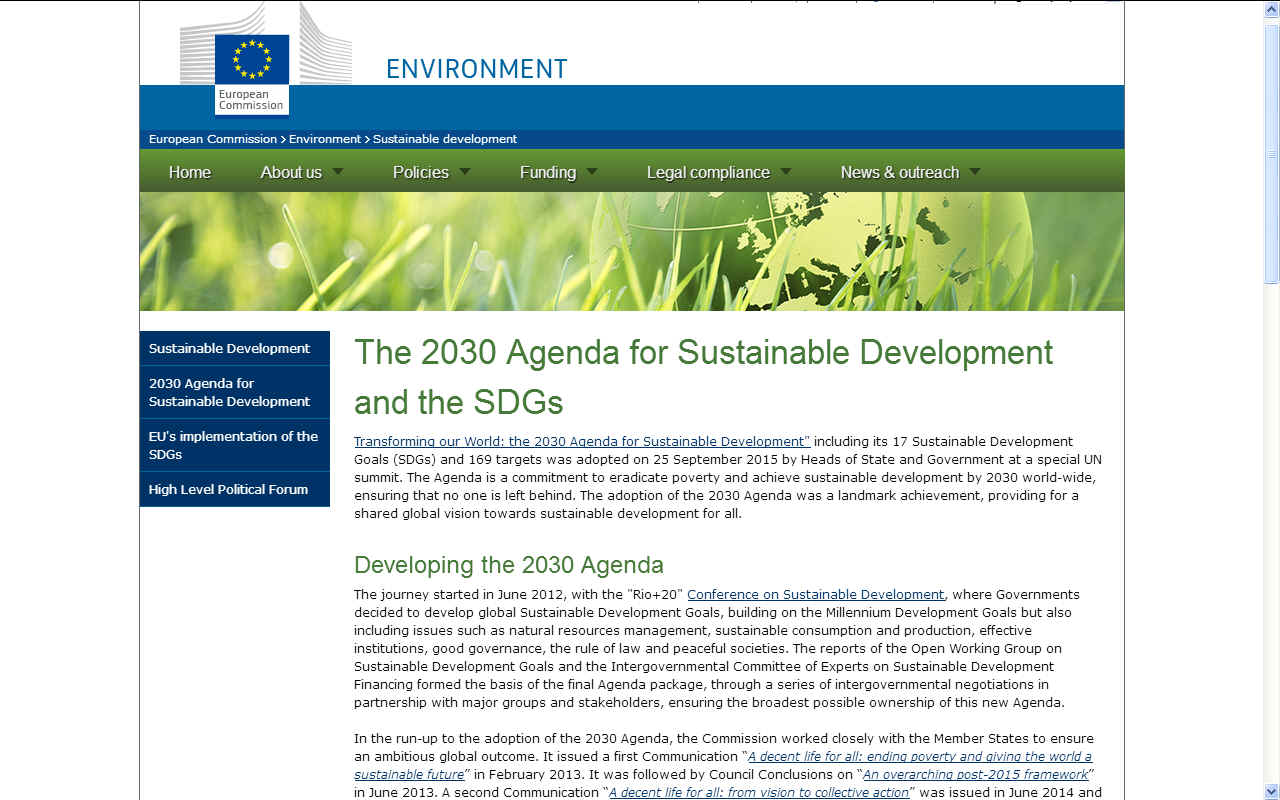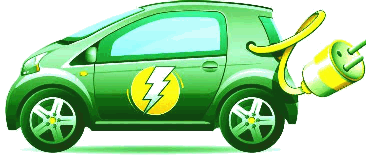|
UN SDGS
AUTOMOTIVE A TO Z CHARITY CONTACT EVENTS HOME SITE INDEX
INTEGRATION
- We need a low cost infrastructure to supply clean energy for the
transport network of the future.
ECO
CAR - The challenge for the ECOSTAR DC50 (Direct Current motors and 50kW)
special, is to reduce the long standing 80 second recharging world record, to
less that 30 seconds. We know it is possible to get this down below 10
seconds. This may become a project for mechanical engineering students in the
future, though we suspect that the 200kW version will be more their cup of
tea. Transforming
our World: the 2030 Agenda for Sustainable Development" including
its 17 Sustainable Development Goals (SDGs) and 169 targets was adopted on
25 September 2015 by Heads of State and Government at a special UN summit.
The Agenda is a commitment to eradicate poverty and achieve sustainable
development by 2030 world-wide, ensuring that no one is left behind. The
adoption of the 2030 Agenda was a landmark achievement, providing for a
shared global vision towards sustainable development for all. The
journey started in June 2012, with the "Rio+20" Conference
on Sustainable Development, where Governments decided to develop
global Sustainable Development Goals, building on the Millennium
Development Goals but also including issues such as natural resources
management, sustainable consumption and production, effective
institutions, good governance, the rule of law and peaceful societies. The
reports of the Open Working Group on Sustainable Development Goals and the
Intergovernmental Committee of Experts on Sustainable Development
Financing formed the basis of the final Agenda package, through a series
of intergovernmental negotiations in partnership with major groups and
stakeholders, ensuring the broadest possible ownership of this new Agenda. On
5 February 2015 the Commission issued its third Communication "A
Global Partnership for Poverty Eradication and Sustainable Development
after 2015" which puts forward ideas on the appropriate
enabling policy environment; on financing – public and private, national
and international; and on monitoring and accountability. This was followed
by Council Conclusions on "a
global partnership for Poverty Eradication and Sustainable Development
after 2015" on 26 May 2015. The
2030 Agenda itself consists of 4 sections: (i) A political Declaration
(ii) a set of 17 sustainable Development Goals and 169 targets (based on
the report of the OWG, with some small modifications) (iii) Means of
Implementation (iv) a framework for follow up and review of the Agenda. In
addition, the 2030 Agenda integrates in a balanced manner the three
dimensions of sustainable development – economic, social and
environmental. The 2030 Agenda is also indivisible, in a sense that it
must be implemented as a whole, in an integrated rather than a fragmented
manner, recognizing that the different goals and targets are closely
interlinked. The
2030 Agenda is based on the concept of global partnership, supported by a
comprehensive approach to the mobilisation of all means of implementation,
and is complemented by the Addis
Ababa Action Agenda, which is an integral part. Moreover,
in order to ensure progress and long-term accountability, the 2030 Agenda
includes a strong follow-up and review mechanism which will allow all
partners to assess the impact of their actions. At global level, this is
overseen by the High level Political Forum on Sustainable Development,
which meets at UNHQ every year to track progress. For
more information United
Nations Conference on Environment and Development (UNCED, Rio de
Janeiro, 1992): Rio-Declaration, Agenda 21 and other documents Executive
Summary Brundtland-Report "Our Common Future" (1987)
(For the usually quoted definition see chapter
2, paragraph 1) World
Summit on Sustainable Development (WSSD, Johannesburg,
2002): Johannesburg Declaration on Sustainable Development and Johannesburg
Plan of Implementation European
Economic and Social Committe - Sustainable Development Observatory The
2030
Agenda for Sustainable Development - European Commission's
Directorate-General for International Cooperation and Development
SMART
SERVICE STATIONS
- This concept EV forecourt offers between 7.68 - 15.36MWh of solar
assisted energy storage with a capacity of between 48-96 battery
cartridges on a continuous charge cycle. Five of these stations (76.8MW)
could recharge (refuel) up to 10 trucks or cars a minute at peak times. During
rush hour, up to 300 vehicles might be serviced in one hour if drivers
don't dawdle, as in get out of their vehicles for any reason - there is no
need using automated billing - but this would require registered users.
The truck shown in these AutoCAD drawings is 3.55 wide x 3.5 high x 7.7M
long (8 x 11.5 x 25 feet). This station could accommodate trucks 4.46M
(14.77 feet) high as shown, or with a raised roof, almost any truck
currently on the market - though longer thinner trucks are more fuel
efficient. During
an eight hour day 2,400 trucks might be serviced using five forecourts on
the assumption that we start every morning with 96 x 5 = 480 slow charged
cartridges from off-peak supplies. The same forecourt might be used to
service fuel-cell
cars powered by stabilized hydrogen.
One size fits all. The secret is to KISS
the design (Keep It Simple Silly). There are only 28* moving parts in this
station, not including the gearbox for the solar powered drive motor. This
is possible because with this system the vehicles load the cartridges
themselves. LINKS
& REFERENCE http://ec.europa.eu/environment/sustainable-development/SDGs/index_en.htm
|
